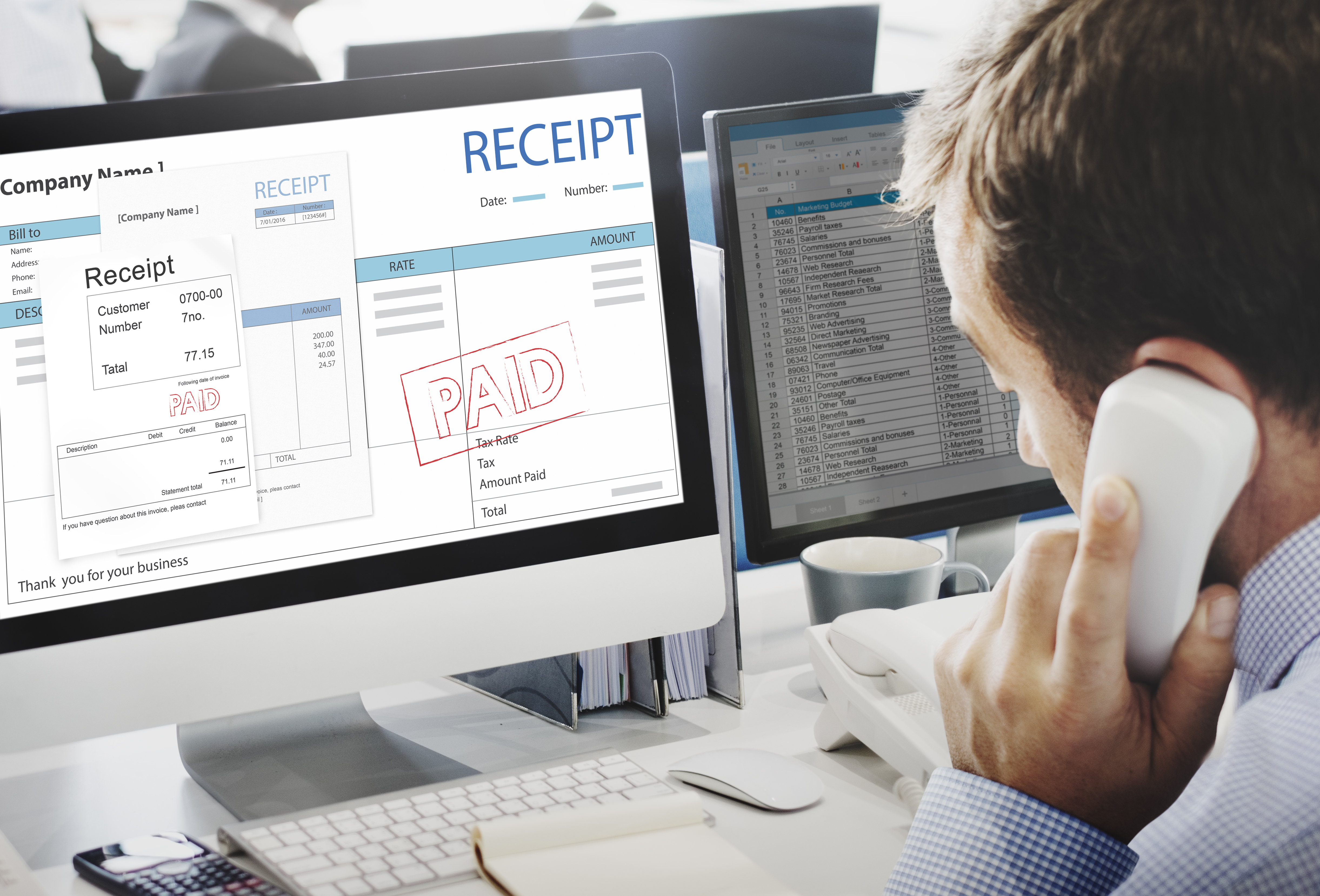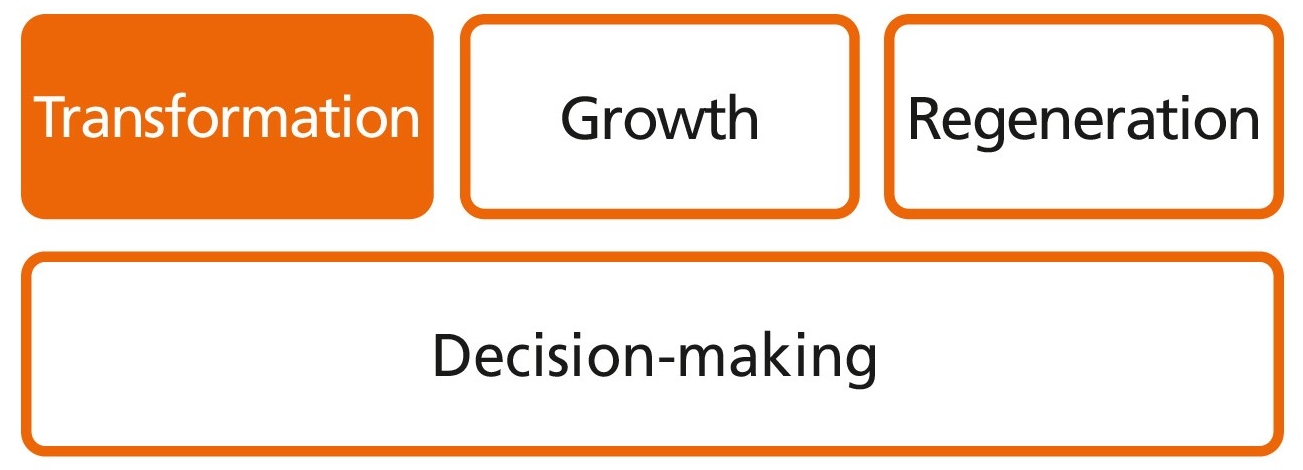What is the challenge?
The purpose of receivables management is to grant and manage credit for customers and to grant payment terms. In doing so, the goal of companies is to keep bad debt losses as low as possible and to secure liquidity. It is often problematic to accurately assess the creditworthiness of the customer and the associated risk of default on receivables payments.



